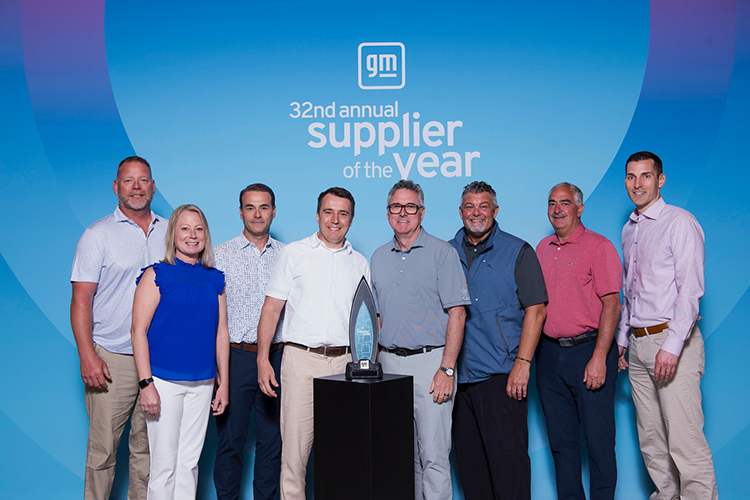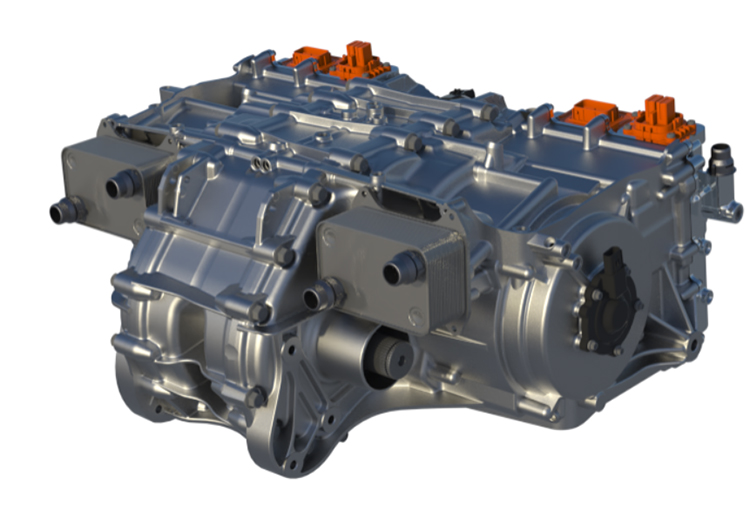

My team is helping to get some of the smartest and most innovative new products on the road, including the 2022 GMC Hummer EV and the 2022 Ford F150 pickup truck. A technology geek and a “structure guy” like me loves the challenge of delivering these high quality, complex components to our global customers in a rapidly growing global EV market.
Making battery enclosures is something Magna has been working on for a decade, starting with casting cases for hybrid vehicles. Our expertise in this market presents a significant opportunity for Magna.
For vehicles to carry electric batteries, they must be designed with structures to hold them. These structures go beyond traditional metal body frames. Battery enclosures contribute to the structural and safety aspects of vehicle frames and protect EV batteries from water and other damage.
Consumers typically won’t see these hidden components that Magna makes out of steel, aluminum or composite materials, but they are among the biggest on electric vehicles. These components are technically challenging to assemble. They require a combination of standard and laser welding technologies that in some areas must be leak tight with parts that are bonded and sealed with adhesives. In addition, each battery enclosure is unique – custom made for a specific vehicle, since there is no one-size-fits-all design.
Magna engineers and researchers around the world are working together on battery enclosure concepts in an effort to make these components less expensive, more lightweight and even structurally better. Our systems approach gives us the capability to draw on vast expertise and resources within the company to accomplish our goals. One R&D project team based in the U.S. and Austria is working on the “BESt Battery Tray,” short for “Body Exteriors & Structures.”
In short, another dream assignment for a Magna “structure guy.”

We want to hear from you
Send us your questions, thoughts and inquiries or engage in the conversation on social media.
Related Stories

General Motors, Magna and Wipro Team Up to Develop Automotive Software Marketplace: 'SDVerse'
Releases
Stay connected
You can stay connected with Magna News and Stories through email alerts sent to your inbox in real time.


